



This guide shows you how to launch reliable, affordable pay-as-you-go internet in your community. We back every insight with data from Project Isizwe. The non-profit delivers equitable internet to underserved African communities. Project Isizwe brings more than ten years of hotspot expertise. Their lessons reveal the best practices to follow before you switch on your first hotspot.
The initial publication on February 21st, 2023 was updated on August 8th, 2025.
👉 Best Wi-Fi Hotspot Software: Features, Prices, Comparison
Hotspot technology increases internet access and helps people from rural areas and low-income communities participate in the digital economy.
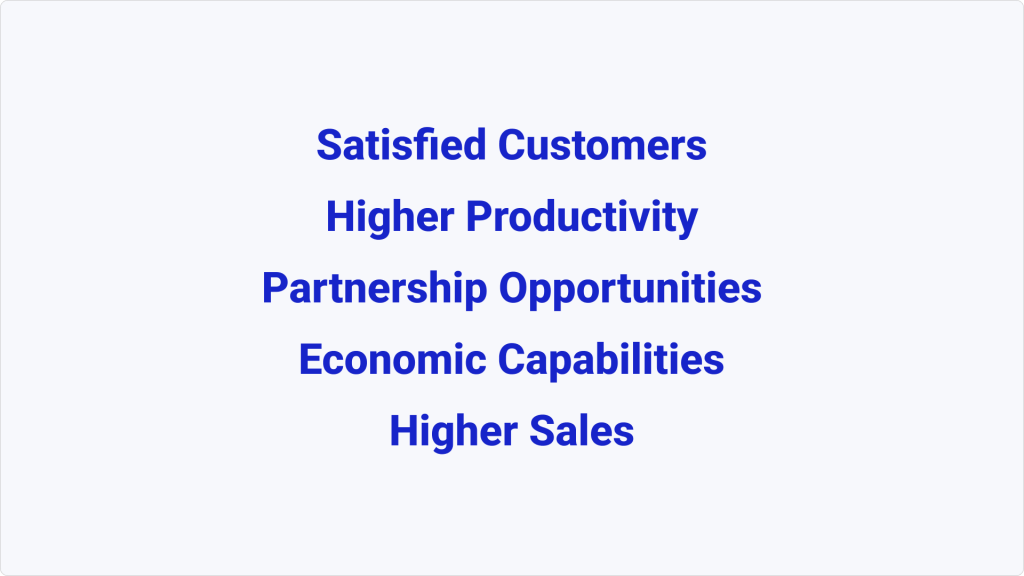
Thus, allowing you to:
Ready to boost your ISP growth? Let’s do it!
To launch the best hotspot internet service, you must deeply understand your target customers and how they fit into the overall business model. This requires thorough market research to identify the target audience, what specific regions or areas you plan to focus on, and what the customers are willing to pay for the mobile hotspot service offered.
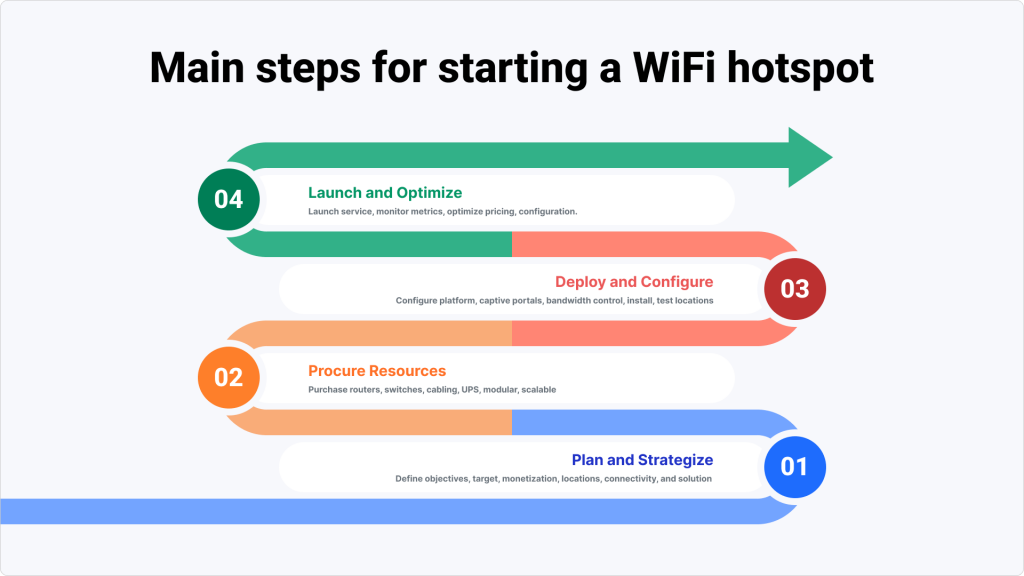
A clear understanding of the target market will also help you establish realistic revenue targets (within your business model) for each Wi-Fi endpoint. It is important to carefully consider all the factors involved in reaching these targets. These factors include the market competition level, the quality, and reliability of the services being offered, as well as any additional features or benefits that set you apart from your competitors.
Because public Wi-Fi hotspots are used by everybody and anybody, there is a potential mix of customers. On the one hand, there are loyal, regular users who use the public Wi-Fi service frequently; on the other hand, there are occasional users who may use the service only once. Knowing the difference between these two customer groups can help you tailor marketing strategies, retain customers, offer various bundled options, and set appropriate price points. It also impacts the level of support provided to each customer group.
It is equally critical to deeply understand the technology solutions being used, including hardware and software. This requires knowing the system’s capabilities and limitations and how they can impact the overall service. This information is critical in making informed decisions and planning around any limitations to ensure a smooth operation.
Early planning and budgeting for marketing and awareness are also crucial. This must be a key part of your plan to provide Wi-Fi hotspot services, as it helps to reach the target customers, increase brand recognition, and attract new users.
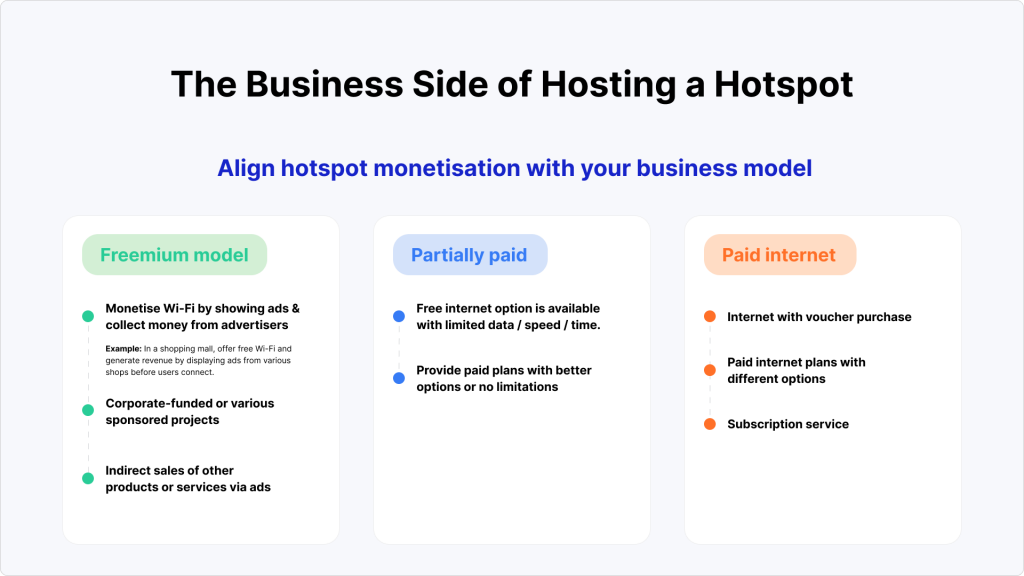
It is also important to know how you will support your users ahead of time. Unlike home and business Wi-Fi, customers who use public Wi-Fi hotspots have different expectations and needs from hotspot coverage. They often move around, and the frequency, duration, and regularity of use vary greatly (depending on where the hotspots are positioned). To meet these needs, planning for real-time, on-demand support is essential. Anticipating the support requirements and planning accordingly can greatly impact the success of your services and customer satisfaction.
Any ISP looking to extend its offering to a wider customer base that uses publicly accessible hotspot internet services should definitely consider launching this service. Public Wi-Fi is available to anyone and can be used for various purposes, depending on the location and accessibility of the hotspot.
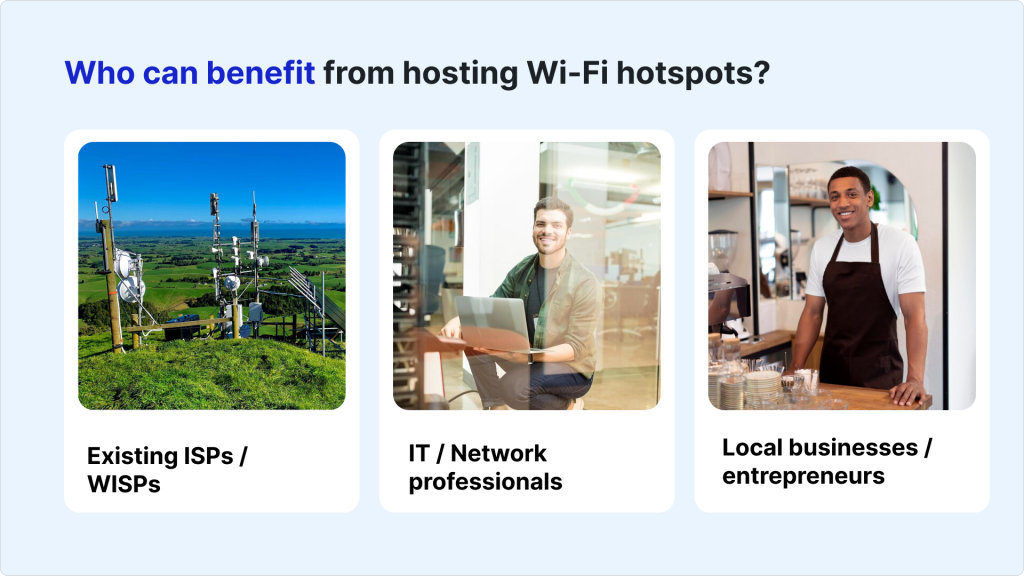
For instance, if the hotspot covers places of work during business hours, customers may have higher bandwidth requirements for work-related activities such as video conferencing, emailing, and online meetings. These customers may also have higher expectations for reliability and security, requiring a stable connection to conduct their daily work. As a result, ISPs entering this market must be prepared to offer high-quality services that meet the needs of these customers.
If, however, the hotspot covers residential areas, it may attract customers who want to use the Wi-Fi for recreational activities and customers aiming to stream various content. These customers may have different requirements, such as high-speed connectivity, but may not be as concerned about reliability and security.
Once again, Internet service providers looking to launch the best Wi-Fi hotspot services must carefully consider the potential customer base and their needs to ensure customer satisfaction and long-term success.

For starting a hotspot service, some expenses one needs to keep in mind are:
When choosing proper equipment like routers and access points for your hotspot service, Powerlynx suggests you consider factors such as the expected size of your network, the number of users, the level of security you require, and the budget you have available. You should also look for routers that are easy to set up and manage.
Service providers need to understand the opportunities in these areas and balance this with the need to supply reliable internet to customers who don’t often have access to large amounts of cash.
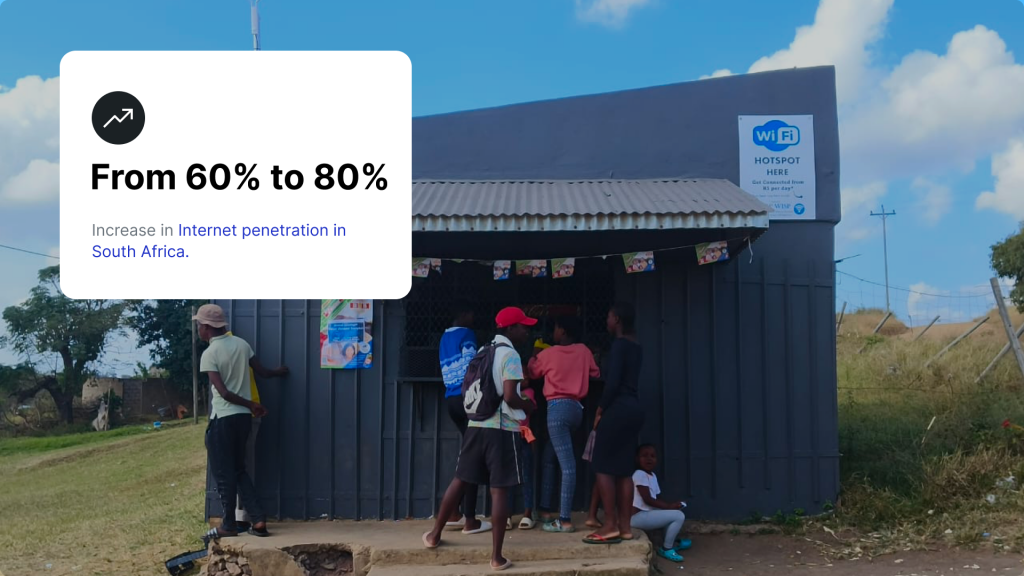
Even the price point of R5 (0.3 USD) a day is still unaffordable for many, especially children still in school and the unemployed, people who most need uncapped online access to enable change in their lives. It is good to consider time-based bundles (hourly packages) instead of MBs. Customers prefer the R5 for 24 hours option. Acknowledge that people living in underserved communities have the same right to quality internet as those in the high-end market, and adapt your hotspot service plans to them.
Project Isizwe’s business model combines B2C services at R5 per device per day (this also includes R25 (~1.4 USD)/7 day and R100(~5.7 USD)/30 day products) with corporate-funded/sponsored projects.
As a non-profit company, their sustainability lies in these diversified income streams. Their experience has taught them that selling R5 Wi-Fi and collaborating with partners that want to impact underserved communities by providing free or affordable Wi-Fi, are better monetization routes than advertising and subscription-based models.
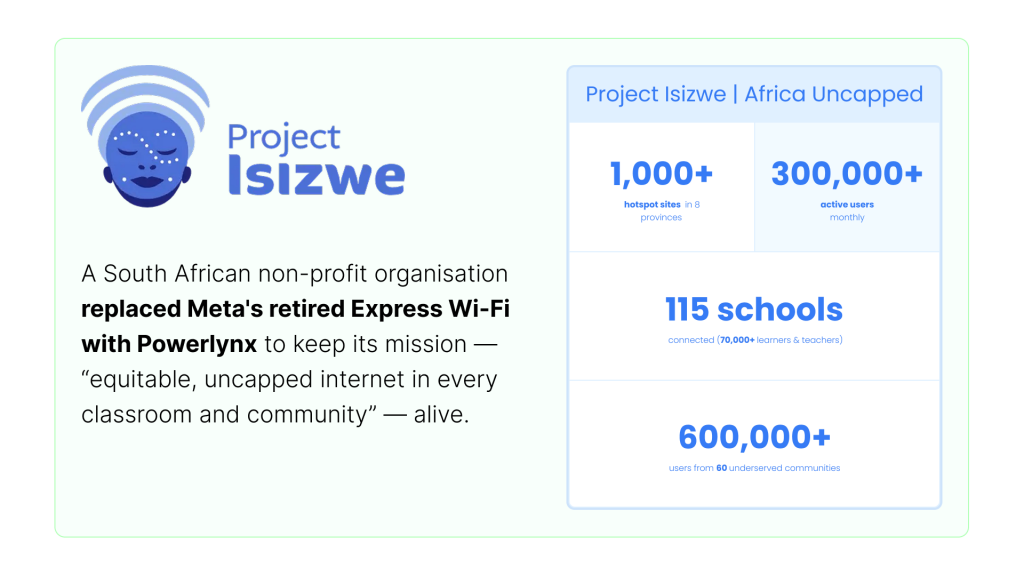
👉 Download the Project Isizwe use case (PDF)
Yes. Public Wi-Fi is regulated by the Communications Authority of Kenya. Hotspot operators must obtain an Internet Café (PCAC) or Application Service Provider licence, keep user-login records and follow data-retention rules — everything in this checklist still works for Kenya.
Grab the Project Isizwe case study (PDF) — a real hotspot business plan in action.
It is a promising opportunity for WISPs to consider offering mobile hotspot services as a way to expand their business and attract new customers. With the increasing demand for internet access, especially in public or densely populated areas, hotspots provide a convenient and accessible solution. Using an innovative hotspot tool delivered by Powerlynx can streamline the management and operation of these hotspots, enabling ISPs to efficiently and effectively serve their communities.
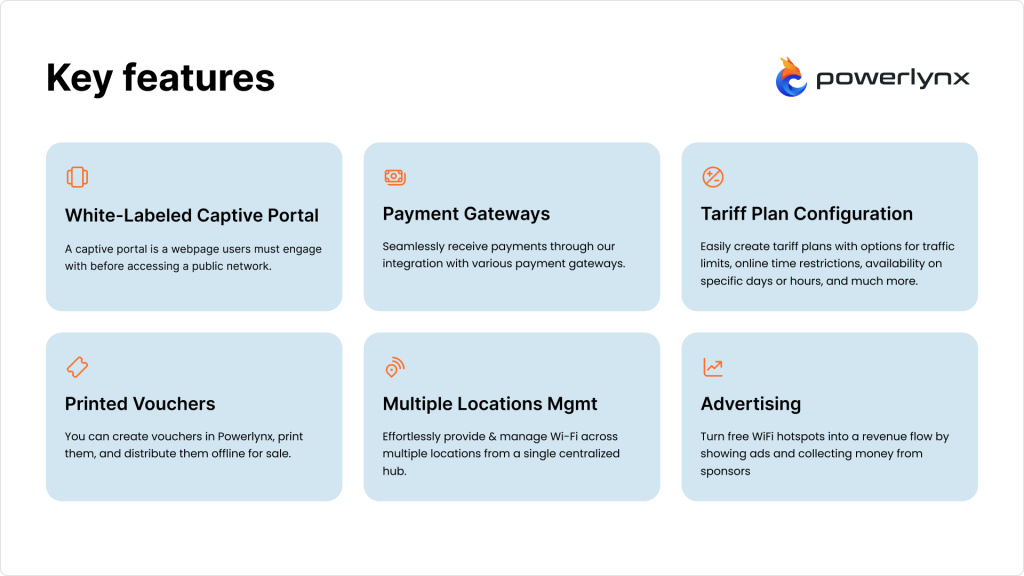
The best part is that Powerlynx is an all-in-one Wi-Fi hotspot software that allows you to configure and go live with your Wi-Fi services within just one day without costly server infrastructure or technical expertise. Follow the link to learn more and apply for a free demo.
Find out how Splynx's Powerlynx helps ISPs grow
Learn more